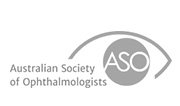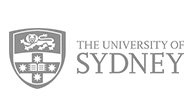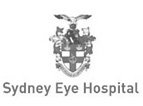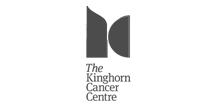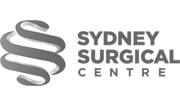Pterygium Surgery
Pterygium is a benign or non-cancerous growth of the conjunctiva, which is the clear, tissue that covers the white part of the eye (sclera). Pterygium starts as a pingueculum, which can also be symptomatic. Pterygium may occur in one or both eyes. The growth over the cornea, the clear window at the front of the eye, is often triangular in shape. They can warp the cornea, altering it’s shape and blurring vision, or grow across the centre of vision and obscure it.
What causes pterygium?
The most significant causative factor in pterygia is exposure to excessive amounts of ultraviolet light. Pterygia are more common in people who spend time outdoors with frequent or excess exposure to sunlight (eg farmers, arc welders, fishermen, surfers). Living closer to the equator increases the risk of pterygia development. Other factors increasing the risk of pterygia include hereditary factors, male gender, incresaing age, and environmental factors (eg wind, dust, chemicals).What are the symptoms?
Pterygium is a red and thickened area of tissue on the inner or outer corner of the eye. The condition can cause eye discomfort including, burning, irritation, redness, dryness, tearing, foreign body sensation and blurred vision. If the growth is advanced, it may begin to obscure vision.
How is pterygium diagnosed?
Pterygium can be diagnosed by performing a complete examination of the eye and eyelids. Dr Chiu will assess your symptoms and the appearance of the pterygium under magnification. Treatment depends on the size, extent of the pterygium, symptoms, and whether vision is affected. Treatment is usually not required in case of mild pterygium, and conservative measures with eye drops can be used to control symptoms. In cases in which the pterygium symptoms cannot be managed conservatively with medications, or vision is threatened, Dr Chiu may recommend surgical removal of the tissue.
How is the surgery performed?
The most common surgical technique used today involves careful removal of the pterygium combined with conjunctival auto-grafting, whereby tissue is taken from underneath the upper eyelid and grafted onto where the pterygium was. The graft is held in place either with sutures or tissue sealant / glue. This graft covers the bare area and acts as a barrier to recurrence.
“No-stitch / Sutureless Pterygium Surgery” is an innovative and relatively recent advance in pterygium surgery. This procedure identical, however no stitches are used to hold the autograft in place. Modern tissue adhesives made of clotting proteins found in human blood are used to secure the graft in place. The advantage is more comfortable and faster recovery following surgery. No serious blood borne infections have been reported with use of adhesives and this method is considered to be safe. Dr Chiu will discuss all risks and benefits of surgery with you.
In some cases, particularly in recurrent pterygium, the topical application of anticancer medication (Mitimycin C) to inhibit regrowth may be used to minimise the recurrence of pterygium. Recurrence of pterygium is a concern as these tend to grow more rapidly. Fortunately recurrence is uncommon.
In severe cases where the growth extends towards the centre of cornea, a laser treatment may be needed. An Excimer laser can be used to smooth the surface irregularities on the cornea and improve vision if there is significant scarring of the cornea in advanced cases.
What are the tips for post-operative care?
Following surgery, there may be soreness and irritation in your eye for few days. Antibiotic and anti-inflammatory eye drops are prescibed to prevent infection adn assist with healing. There may also be redness of the eye which usually resolves over time. You can return to your normal activities within 1 week after surgery.Prevention
To prevent pterygia progressing or recurring, Dr Chiu recommends sun protection, with a wide-brim hat and UV protection sunglasses (close-fitting and wrap around styles). Avoidance of environmental irritants such as smoke, dust, wind and chemical pollutants is recommended. It is important to use eye safety equipment in work environments.






